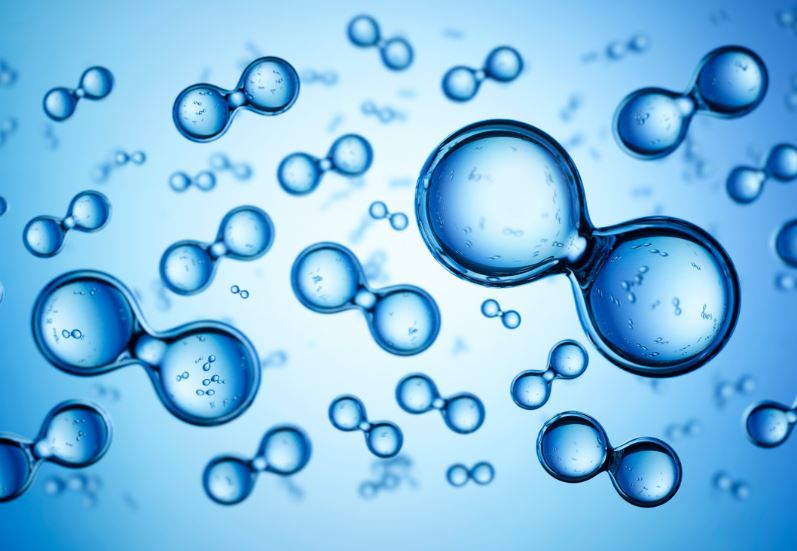For decades, hydrogen has been pitched as a clean fuel with vast potential. Its only byproduct when burned or used in fuel cells is water—offering a tantalizing route to deep decarbonization.
But hydrogen’s physics have long limited its practicality: the lightest element in the periodic table is notoriously difficult and expensive to compress, liquefy, or store, leaving it confined largely to industrial applications near production sites.
A new study published in Nature Energy suggests that a low-cost catalyst may finally unlock hydrogen’s full value by turning oil-like liquids into temporary hydrogen carriers—an approach that not only sidesteps storage hurdles but also leverages existing fossil fuel infrastructure.
The catalyst—developed by researchers from Fudan and Peking Universities—addresses three of hydrogen’s most persistent technical barriers: the need for ultra-clean feedstocks, high processing temperatures, and expensive platinum-group metals.
Using a mix of copper and aluminum oxide, the team demonstrated selective hydrogenation and dehydrogenation of gamma-butyrolactone (GBL), a common organic solvent derived from petroleum or biomass. Unlike typical catalysts, which degrade quickly in the presence of carbon monoxide and other contaminants, this copper-based system remained active for more than 8,000 hours—even when fed industrial waste gases with up to 50% CO content.
Critically, the reactions proceeded at sub-170°C temperatures, significantly lower than the 250°C+ typically required. Lower heat input translates to lower costs and fewer side reactions that can sap hydrogen yields.
A Catalyst Resistant to “Poisoning”
Most LOHC (liquid organic hydrogen carrier) systems rely on precious metals such as palladium or platinum, whose catalytic surfaces are vulnerable to deactivation by impurities like CO. That makes them ill-suited to processing hydrogen from dirty or mixed gas streams—such as those emitted by steel mills, chemical plants, or refineries.
But by embedding copper clusters in an aluminum oxide matrix, the researchers altered the copper’s electronic structure, making it resistant to carbon monoxide binding. X-ray photoelectron spectroscopy revealed that the aluminum oxide shell modified the reactivity of the copper atoms without eliminating access to their catalytic sites.
This is a critical development for scalability. While platinum and palladium remain effective, their cost and supply constraints make large-scale deployment unlikely in distributed hydrogen infrastructure. Copper and aluminum, by contrast, are cheap and abundant.
Perhaps the most commercially significant insight lies in the catalyst’s ability to process hydrogen-rich waste gases. Many heavy industries vent or flare these gases because separating out hydrogen isn’t economically viable.
Zhu’s team estimates that using this catalyst, hydrogen could be harvested and stored in GBL for around $0.50 per kilogram—far below the U.S. Department of Energy’s 2030 cost target of $1/kg and significantly under today’s green hydrogen costs, which remain in the $4–$6/kg range depending on region and electricity prices.
If this estimate holds at industrial scale, it could mark a breakthrough in monetizing waste hydrogen streams. That’s not just a decarbonization opportunity—it’s an economic one, enabling low-cost hydrogen for power, mobility, or feedstock applications while repurposing existing pipelines, tankers, and storage infrastructure.
Experts caution that while lab-scale durability and performance are promising, commercial uptake depends on stability across years of operation and compatibility with existing supply chains.
Argonne National Laboratory’s Rajeev Assary notes that the ability to bind hydrogen in low-purity streams is “a step change,” but he emphasizes the need for validation in large-scale reactors. Zhu’s team has already produced kilogram-scale batches of the catalyst and plans to test them with industrial partners.
Stay updated on the latest in energy! Follow us on LinkedIn, Facebook, and X for real-time news and insights. Don’t miss out on exclusive interviews and webinars—subscribe to our YouTube channel today! Join our community and be part of the conversation shaping the future of energy.
